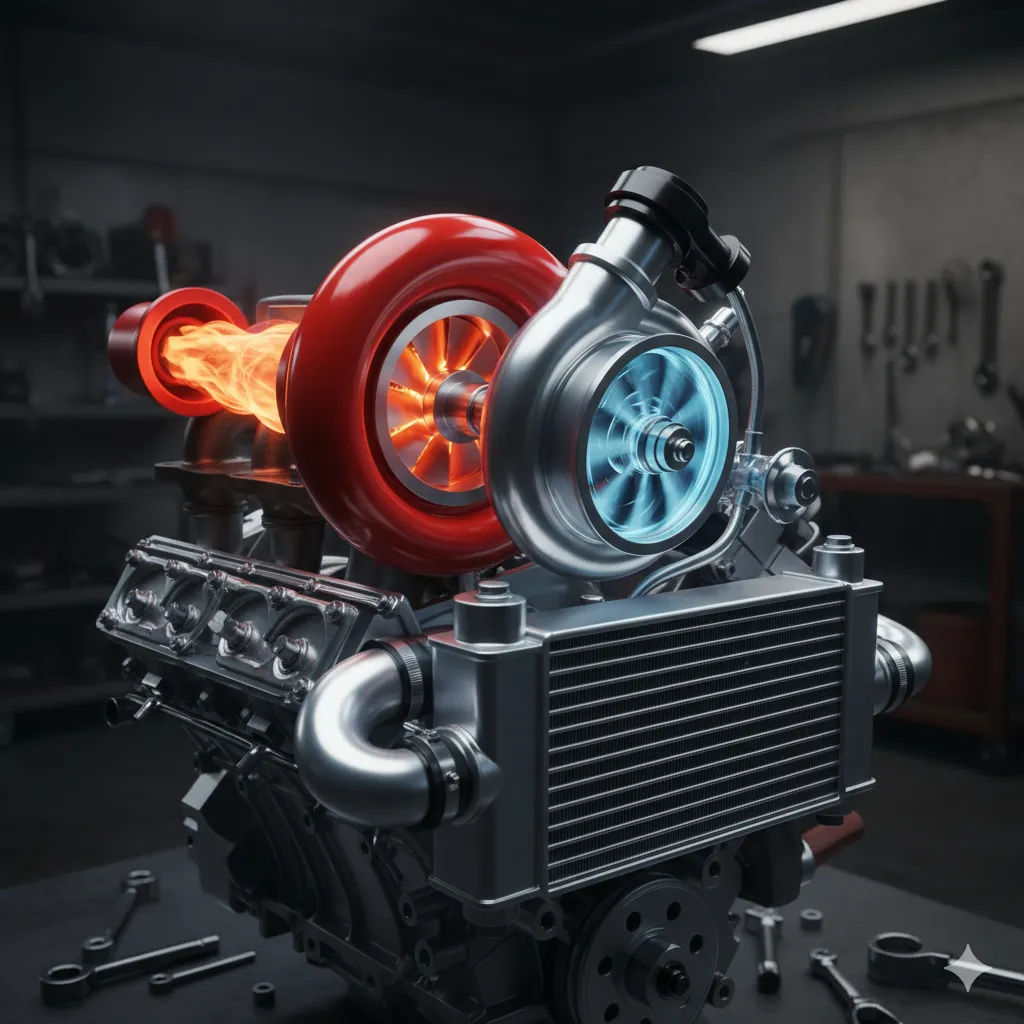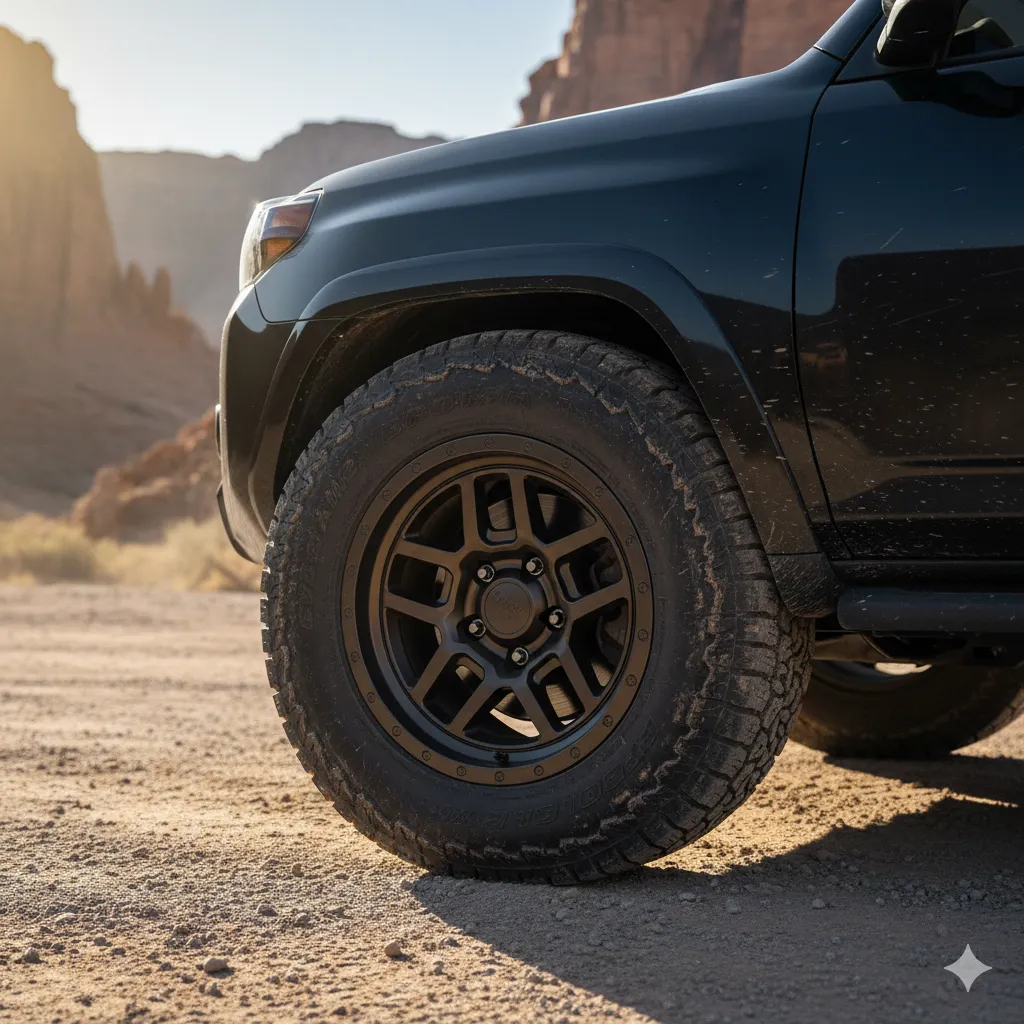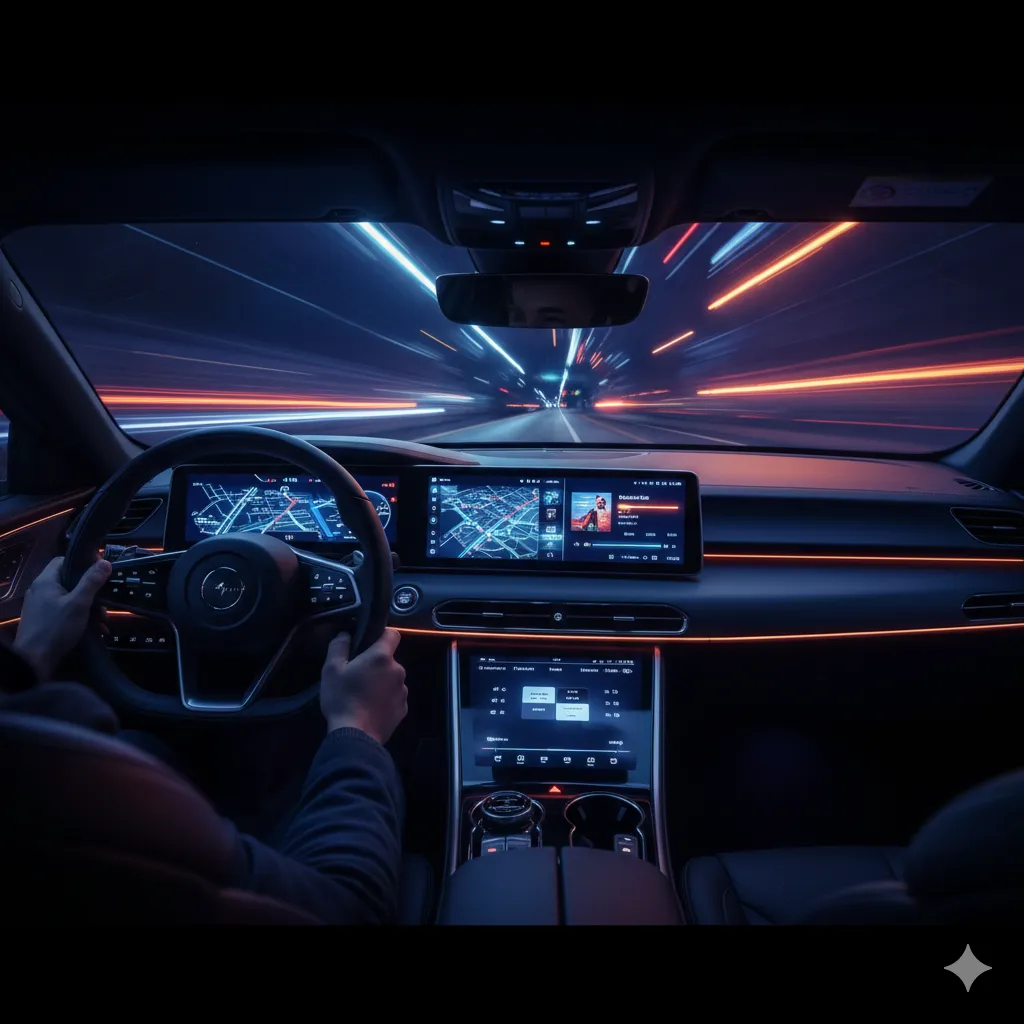
Unleashing the Boost: How Turbocharged Engines Really Work 🚀
What Exactly is a Turbocharger?
A turbocharger is a forced induction device that uses the engine's exhaust gas to spin a turbine, which in turn drives an air compressor. This compressor rapidly packs more air into the engine's combustion chambers than would naturally flow in, a process called "boosting."
Think of your engine as a very fit athlete. A naturally aspirated engine (one without a turbo) can only inhale as much air as its own internal vacuum can draw in. A turbocharged engine, however, is like that athlete getting a powerful oxygen mask—it forces a greater density of oxygen-rich air into the lungs (or cylinders), allowing for a much bigger, stronger 'explosion' or power stroke with each cycle.
The Problem Turbocharging Solves
To produce more power, an engine needs to burn more fuel. But to efficiently burn more fuel, you absolutely must have a proportionate amount of oxygen. Without enough air, the fuel-to-air mixture becomes too rich, leading to incomplete combustion, wasted fuel, and high emissions.
By compressing the intake air, a turbocharger essentially increases the atmospheric pressure inside the engine, shoving a far greater mass of air into the cylinders. This simple yet revolutionary concept is the key to getting big power from small engines.
The Anatomy of Boost: Core Turbocharger Components
The turbocharger system is a marvel of mechanics, operating under incredibly high temperatures and at blistering rotational speeds—often up to 200,000 revolutions per minute (RPM)!
1. The Turbine and Turbine Housing (The Hot Side)
The turbine is the half of the turbocharger connected directly to the engine's exhaust manifold.
-
How it Works: Hot, high-velocity exhaust gases exiting the engine are directed into the turbine housing. The energy in this gas spins the turbine wheel like a sophisticated pinwheel. This spinning motion is the power source for the entire system.
-
The Energy Source: The genius here is that the turbo is powered by energy that would otherwise be completely wasted out the tailpipe!
2. The Compressor and Compressor Housing (The Cold Side)
The compressor is connected to the intake system, drawing in fresh, ambient air.
-
How it Works: The compressor wheel is directly connected to the turbine wheel via a central shaft. As the turbine spins, it forces the compressor to spin, rapidly drawing in air and compressing it. This compressed, dense air is what delivers the boost pressure to the engine.
3. The Center Housing Rotating Assembly (CHRA)
This is the "heart" of the turbo. It houses the steel shaft that connects the turbine and compressor wheels, along with a complex system of bearings and oil passages to lubricate and cool the assembly against the extreme heat and phenomenal speeds.
4. The Intercooler (Charge Air Cooler)
When air is compressed, it gets very hot. Hot air is less dense than cold air (remember, we want dense, oxygen-rich air).
-
How it Works: The compressed air from the turbo's compressor side is routed through the intercooler, which acts like a small radiator. It cools the air before it enters the engine's intake manifold, significantly increasing the air's density and maximizing the power potential of the turbo system. This is a critical step for preventing engine knocking and increasing efficiency.
5. The Wastegate
As engine speed and exhaust gas volume increase, the turbo can spin too fast and create dangerous levels of boost pressure. The wastegate is the guardian of the system.
-
How it Works: This valve diverts excess exhaust gas around the turbine wheel and directly into the exhaust pipe. By regulating the amount of exhaust gas that hits the turbine, the wastegate controls the maximum boost pressure, protecting the engine from over-pressurization.
The Turbo Advantage: Power Meets Efficiency
The widespread adoption of turbocharged engine technology in modern vehicles is driven by a powerful list of advantages.
Increased Power and Torque
The most obvious benefit: a major power boost. A small, turbocharged four-cylinder engine can easily outperform a larger, naturally aspirated six-cylinder engine. This is done without adding displacement or significant weight to the engine block.
Engine Downsizing and Fuel Efficiency
This is the primary modern benefit. By using a turbo, manufacturers can use a smaller engine (engine downsizing) to achieve the power of a larger one. Smaller engines are lighter and inherently more fuel-efficient under normal driving conditions (when the turbo isn't actively building maximum boost). This synergy results in both excellent performance and better gas mileage.
Reduced Emissions
A more complete and efficient burn of the air-fuel mixture leads to less uncombusted fuel and fewer harmful pollutants leaving the tailpipe. This helps modern vehicles meet strict global emissions standards.
Common Turbo Terminology Explained
To truly understand turbochargers, you'll encounter a few terms that are key to the discussion:
Turbo Lag
Turbo lag refers to the slight delay between when you press the accelerator and when the turbocharger fully spools up to deliver maximum boost. This lag occurs because it takes a moment for the engine to produce enough exhaust gas to fully spin the turbine wheel. Modern advancements like twin-scroll turbochargers and small-displacement engine designs have dramatically minimized this effect.
Boost Pressure
This is the measure of how much extra air pressure the turbocharger is forcing into the engine. It is typically measured in pounds per square inch (psi) or bar. Higher boost generally means more power, but it also increases heat and stress on engine components.
Spooling
Spooling is the term for the turbocharger spinning up to its effective operating speed, or "on boost." When you feel that sudden surge of power, that's the turbo fully spooled and delivering maximum boost.
Frequently Asked Questions (FAQs) About Turbochargers
Q: Does a turbocharged engine require special maintenance?
A: Yes, a turbocharged engine operates under high heat and stress, making regular maintenance crucial. The most important factor is using the correct, high-quality synthetic engine oil and adhering strictly to oil change intervals. The oil lubricates the turbo's high-speed bearings, and old or cheap oil can lead to a premature turbo failure, often called oil coking.
Q: What is the difference between a turbocharger and a supercharger?
A: Both are forms of forced induction, but they are powered differently. A turbocharger is powered by the engine's exhaust gases (waste energy), making it more efficient. A supercharger is mechanically driven directly by the engine's crankshaft (via a belt or gears), which draws power from the engine itself but provides instantaneous boost without turbo lag.
Q: What is “blow-off valve” or "bov" sound?
A: That distinctive 'whoosh' sound when a turbocharged car shifts gears is usually the blow-off valve (or diverter valve). Its job is to safely release the built-up boost pressure when the throttle closes suddenly (like during a gear change) to prevent the compressed air from backing up into the compressor wheel, which can cause damage and a phenomenon called "compressor surge."
Conclusion: The Future is Boosted
The turbocharged engine is one of the most significant innovations in the modern automotive landscape. By leveraging otherwise-wasted exhaust energy to force-feed an engine, it brilliantly solves the dilemma of needing both power and efficiency. Whether you drive a small, economical hatchback or a muscle-bound sports car, there's a good chance that the punchy performance you enjoy comes courtesy of a meticulously engineered turbo system, truly delivering more with less.





